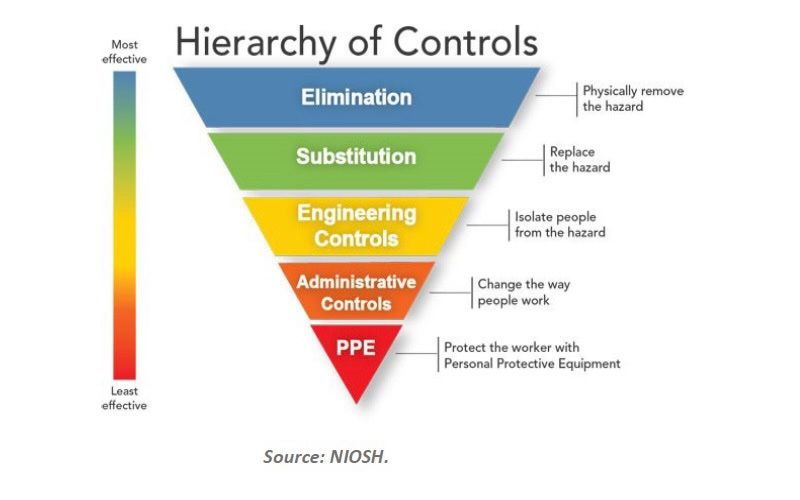Successful identification of problems can pay immediate dividends

The infiltration of dust, bugs and outside elements into loading dock areas, as well as loss of expensive heating or cooling energy, are common problems in many industries, from food and beverage to chemical manufacturing, pharmaceutical and others. Warehouse managers looking to seal out airborne infiltrators and maintain the most energy-efficient facility possible should start the process by examining their dock doors. Sealing them off as completely as possible, on all four sides, can pay immediate and noticeable dividends.
Most dock doors are fitted with three-sided dock seals or shelters, and that’s a great start. Yet gaps often remain, and additional steps need to be taken to fully seal the area completely. Start by standing on the inside of the dock when a trailer is being serviced, and look for spots where daylight is coming through – chances are you’ll see some. Those are spots where pests, dust and outside weather can sneak in, and through which inside conditioned air can escape.
Here are four typical dock door gap problems, along with solutions to each:
Problem #1: Vertical gaps at the sides of the trailer.
Swing-open (“barn door”) style trailer doors, when open at the dock, have hinge gaps that, if left unsealed, are equivalent to a 2.5-square-foot hole in the wall. Not only are these enormous energy-loss gaps, they provide a major opportunity for dust and pests to fly right in.
Solution #1: Tight-sealing foam compression dock seals can solve this problem, as can trailer perimeter-sealing dock shelters equipped with hinge-gap sealing hooks on the shelter curtains. Never leave hinge gaps exposed!
Problem #2: Gaps around the dock leveler.
After a truck backs into the dock, the points where trailer, leveler, bumper and dock enclosure all meet are often open gaps where unwelcome visitors or debris can enter and heat can escape.
Solution #2: Small gap-sealing products with such descriptive names as “leveler lip corner seals,” “bumper seals,” “filler pads,” and “weather seals” can address this issue. These entail small, individual components that are fitted in addition to dock seals and shelters to seal out daylight, which means sealing out pests and outdoor weather, and sealing in energy.
Problem #3: Gaps at the top of a trailer.
The head pad or head curtain of a dock seal or shelter often provides an incomplete seal on the wide variety of trailers being serviced at any given dock position. Some fit better than others, but many still leave open gaps.
Solution #3: You can fix this problem with a weighted, gravity-based trailer top seal that compresses against short and tall trailers alike, and travels with the trailer throughout its movement. Don’t take false comfort in products that seal only some of the trailers some of the time!
Problem #4: Gaps beneath the dock leveler.
Finally, stand on the outside of the dock looking at the door openings when trailers aren’t in place. You’ll see open pits beneath the dock levelers, where dirt and debris collect and rodents can nest. Leaving this area unsealed means making it easy for unwanted visitors to creep, climb and crawl their way into your plant. In addition, energy wants to travel through the steel dock leveler plate, equalizing the temperature on the inside and outside of the building. This is a leading cause of energy loss at the dock.
Solution #4: A simple two-part under-leveler sealing curtain that fits across the front of the pit can help deter pest entry, prevent the accumulation of unwanted “stuff” in the leveler pit, and significantly reduce energy loss from your facility at the same time.
There are easy ways to help alleviate your gap problems at the dock. Look closely, and know that there are solutions out there to help you with your challenges.
Mary Blaser is director of marketing and business development for Frommelt Products Corporation



